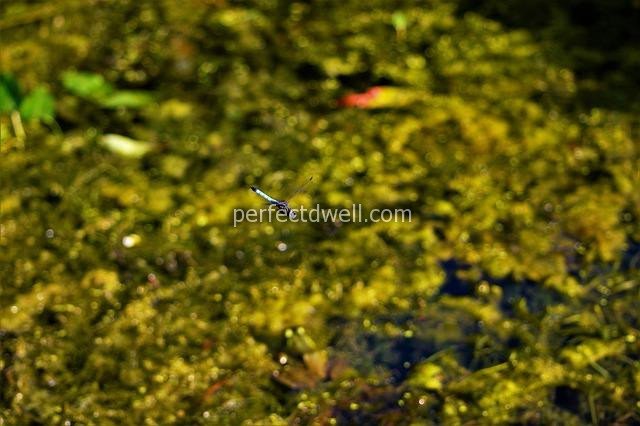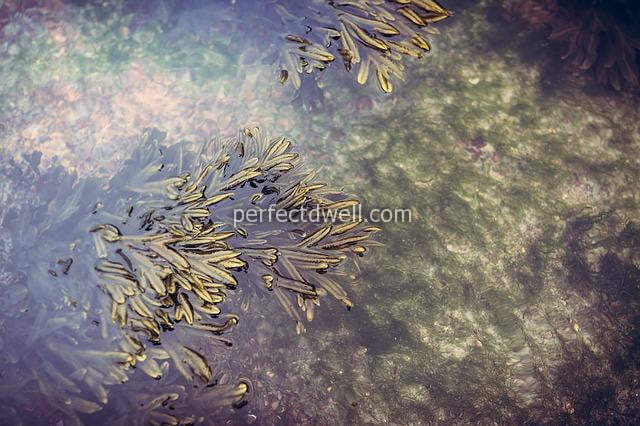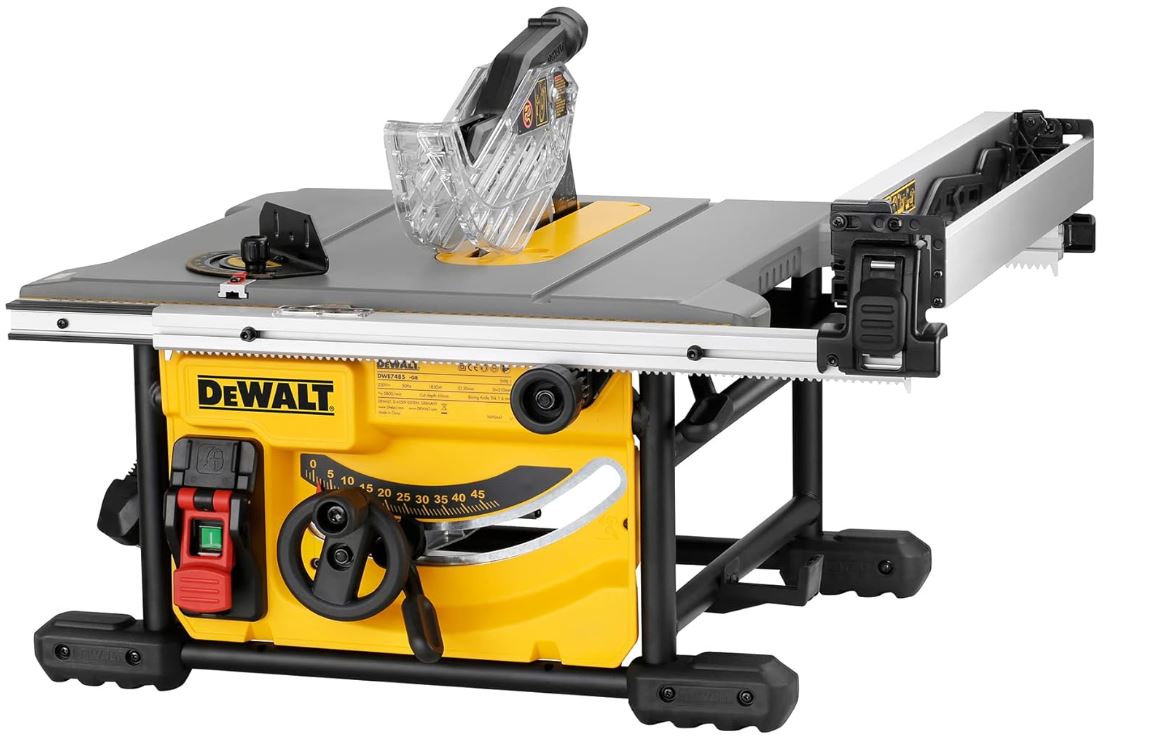Aquatic plants are among the fastest-growing plants globally, and their growth rate is often directly related to nutrient levels. If unchecked, aquatic plant growth can significantly impact water quality through increased light attenuation (decreased penetration of sunlight), reduced oxygen content (as plants decompose and use oxygen), and increased nutrient retention.
What Are Some Problems Caused by Aquatic Weeds?
Aquatic plants can form dense mats that cover the surface of water bodies in a relatively short period. Aquatic plants disrupt drainage patterns in riparian areas, drain wetlands of water, and reduce property values.
- Prevent fishing, swimming, boating, and other recreational activities.
- Water develops an unpleasant appearance.
- Fish die from lack of oxygen.
- Still water leads to mosquito problems.
- Algae can cause foul odors.
- Drainage from a body of water becomes blocked.
- Weeds grow so thickly that they prevent boat access to the shore.
Where Are Aquatic Weeds Most Problematic?
Invasive weeds grow in shallow, stagnant, nutrient-rich bodies of water, including ponds, lakes, and shallow areas of streams and rivers.
Aquatic plant growth is most significant when nutrient levels are high. Factors impacting aquatic plant growth include water depth, light penetration, temperature fluctuations, length of the growing season, and other environmental factors.

What Are Invasive Aquatic Weeds?
Aquatic weeds are plants that live in or around water for at least part of their life cycle. These weeds typically grow fast, reproduce quickly, and form dense mats that can cover the surface of water bodies.
- Algae
- Leafy pondweed
- Duckweed
- Watermeal
- Water hyacinth
- Cattail
- Naiad
How Can I Eliminate Aquatic Weeds?
- Pond weed killer controls persistent weeds all season
- WipeOut pond herbicide is effective on floating & submerged weeds
- Easy to use just mix with water in the included container and apply to pond directly from shore
- Pond weed remover stays suspended in the water for complete aquatic weed removal
- Airmax WipeOut 4oz treats up to 1/8 surface acre pond with an avg depth of 4 ft
- RODEO HERBICIDE is effective for control of annual and perennial weeds, woody plants and brush. Formulated as a water soluble liquid, it is classified as non-volatile to reduce off-target concerns. It binds readily with soil particles but without soil residual activity
- USE ON MULTIPLE SITES. Forest, irrigation and drainage ditches, canals, reservoirs, natural areas, roadsides, electric utility and communication transmission lines, pipelines, railroads, airports, parks and recreational areas, aquatic sites, wetlands, etc
- EFFECTIVE CONTROL against annual spurge, australian-pine, bentgrass, common cocklebur, crabgrass, dogwood, eucalyptus, foxtail, johnsongrass, maple, peppertree, reed, reed canarygrass, saltcedar, sericea lespedeza, sweetgum, waterhyacinth, waterlettuce, waterprimrose and willow
- VISIBLE EFFECTS are a gradual wilting and yellowing of the plant that advances to complete browning of above ground growth and deterioration of underground plant parts. Most of annual weeds occur within 2 to 4 days, but most of perennial weeds may not occur for 7 days or more
- STAGE OF WEEDS. Annual weeds are easiest to control when they are small but most perennial weeds are better controlled when treated at late growth stages, approaching maturitySTAGE OF WEEDS. Annual weeds are easiest to control when they are small but most perennial weeds are better controlled when treated at late growth stages, approaching maturity
Mechanical (hand-pulling or harvesting plant material with machinery), biological (utilizing fish, insects, and microbial agents), and chemical (herbicides and algaecides) means of aquatic weed control work well. Management is most effective when removing as many plants as possible and limiting regrowth through continued monitoring.
As you can see, aquatic weeds are tough to control, requiring many years of intensive labor and regular monitoring to achieve lasting results. Aquatic weed control is essential for recreational water bodies or those supporting commercial fisheries and irrigation initiatives.
Last update on 2024-04-03 from Amazon Product Advertising API






